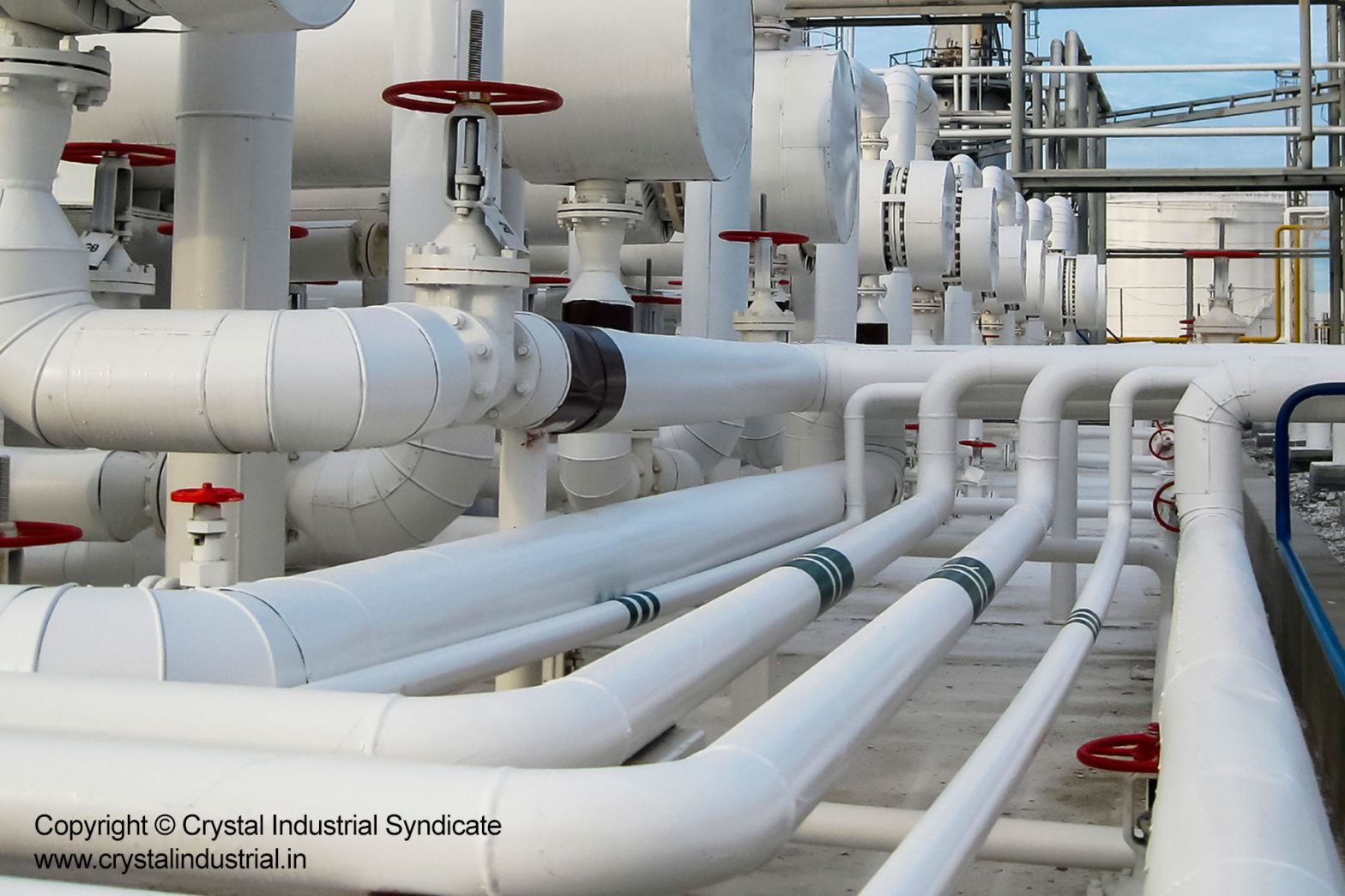There are several ways to insert corrosion inhibitors into an oil pipeline:
- Injection quills: These are long, thin tubes that are inserted into the pipeline through a service valve. The corrosion inhibitor is then injected through the quill and into the pipeline.
- Injection pumps: These are specialized pumps that are used to inject corrosion inhibitors into the pipeline. The corrosion inhibitor is usually added to the pump’s reservoir and then pumped into the pipeline under pressure.
- Injection points: These are specialized fittings that are installed at strategic locations along the pipeline. The corrosion inhibitor is injected into the pipeline through these fittings using a hand pump or other injecting device.
- Automatic injection systems: These are systems that automatically inject corrosion inhibitors into the pipeline on a predetermined schedule or based on predetermined conditions (such as the pH of the fluid in the pipeline).
- Tank mixing: In this method, the corrosion inhibitor is added to the pipeline fluid in the storage tank before the fluid is pumped into the pipeline.
It’s worth noting that each of these methods has its own advantages and disadvantages, and the best method for a particular application will depend on a variety of factors, including the type and condition of the pipeline, the characteristics of the corrosion inhibitor, and the availability of specialized equipment.
If you would like to know how Crystal Industrial Syndicate’s products can support your injection quills requirements, please contact us. We will understand your injection quills requirements and recommend an optimum solution.
What precautions have to be taken while while inserting corrosion inhibitors into an oil pipeline?
There are several precautions that should be taken when inserting corrosion inhibitors into an oil pipeline:
- Wear protective equipment: When handling corrosion inhibitors, it’s important to wear appropriate protective equipment, such as gloves, goggles, and a breathing mask. Some corrosion inhibitors can be harmful if they come into contact with skin or if they are inhaled.
- Follow the manufacturer’s instructions: It’s important to follow the manufacturer’s instructions for handling and using the corrosion inhibitors. This will help ensure that the inhibitors are used safely and effectively.
- Use the correct dosage: It’s important to use the correct dosage of corrosion inhibitors to ensure that they are effective at preventing corrosion. Using too much or too little of the inhibitor can have negative consequences.
- Monitor the pipeline: After injecting corrosion inhibitors into the pipeline, it’s important to monitor the pipeline to ensure that the inhibitors are working as intended. This may involve taking regular samples of the fluid in the pipeline and analyzing them for corrosion.
- Follow proper safety procedures: When working with any type of chemical, it’s important to follow proper safety procedures to minimize the risk of accidents or injuries. This may include things like maintaining proper ventilation, using appropriate personal protective equipment, and following emergency response procedures.
If you would like to know how Crystal Industrial Syndicate’s products can support your injection quills requirements, please contact us. We can understand your injection quills requirements and recommend a custom-built solution. Contact us
Copyright © 2023 by Crystal Industrial Syndicate Pvt Ltd. All rights reserved. www.crystalindustrial.in
